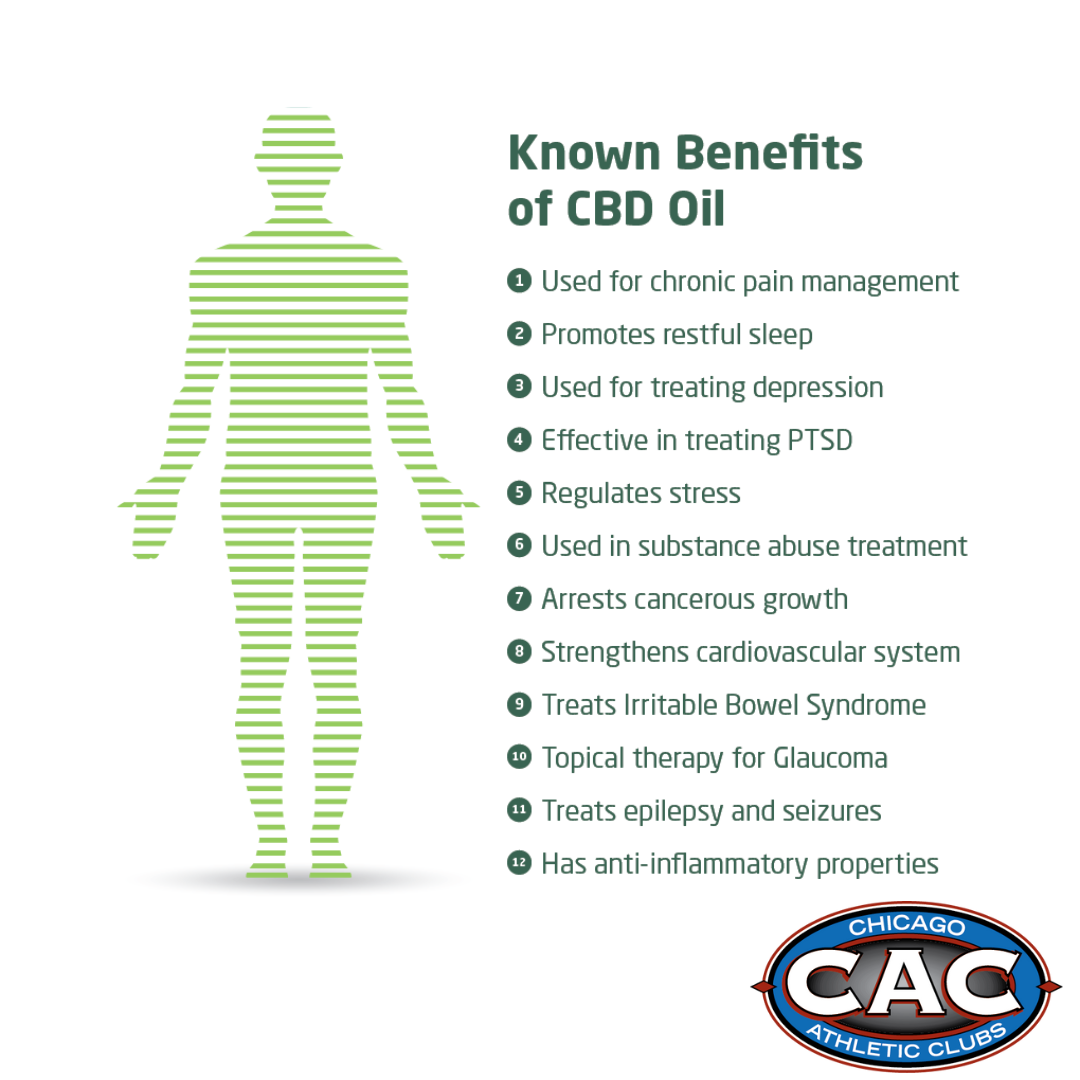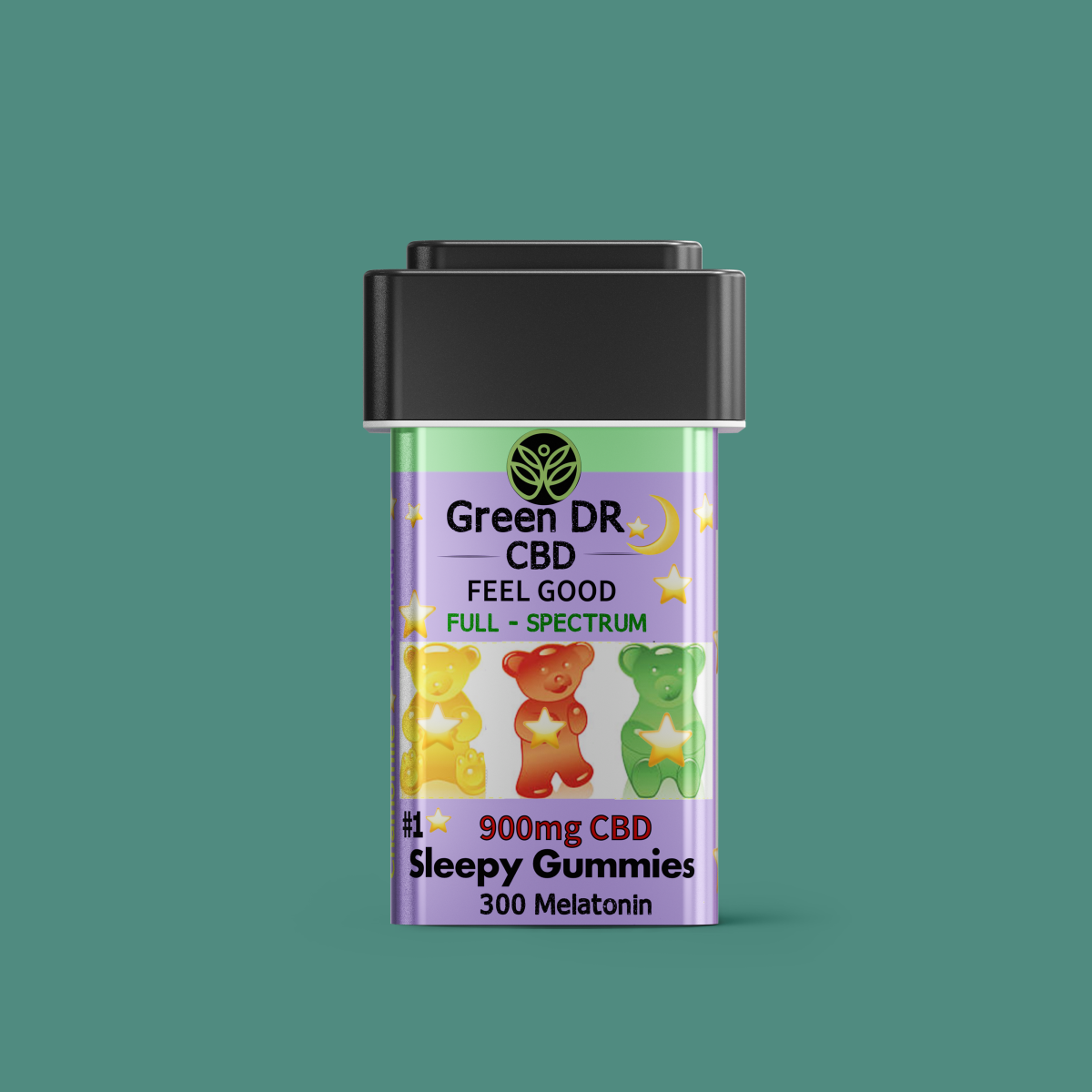The Best Strategy To Use For Green Dr Cbd
The Main Principles Of Green Dr Cbd
Table of ContentsNot known Details About Green Dr Cbd What Does Green Dr Cbd Mean?An Unbiased View of Green Dr CbdThe Green Dr Cbd Ideas
For instance, the most common problems for which clinical cannabis is used in Colorado and Oregon are pain, spasticity connected with numerous sclerosis, nausea or vomiting, posttraumatic stress and anxiety problem, cancer cells, epilepsy, cachexia, glaucoma, HIV/AIDS, and degenerative neurological problems (CDPHE, 2016; OHA, 2016 (dr green cbd). We added to these conditions of interest by checking out checklists of qualifying ailments in states where such use is legal under state legislationThe committee realizes that there might be other problems for which there is proof of effectiveness for cannabis or cannabinoids (https://www.provenexpert.com/green-dr-cbd/). In this chapter, the board will review the findings from 16 of one of the most recent, great- to fair-quality organized evaluations and 21 key literature write-ups that best address the board's research concerns of passion

Light et al. (2014 ) reported that 94 percent of Colorado clinical cannabis ID cardholders indicated "serious pain" as a clinical problem. Ilgen et al. (2013 ) reported that 87 percent of participants in their research study were seeking medical cannabis for pain alleviation. Additionally, there is proof that some individuals are changing the usage of standard pain drugs (e.g., opiates) with marijuana.
Not known Facts About Green Dr Cbd
Combined with the study data suggesting that discomfort is one of the key factors for the use of clinical marijuana, these current reports suggest that a number of pain people are replacing the use of opioids with marijuana, despite the truth that marijuana has actually not been approved by the U.S.
Five good- great fair-quality systematic reviews organized identified. Snedecor et al. (2013 ) was narrowly focused on discomfort relevant to back cord injury, did not include any type of researches that used cannabis, and only determined one research examining cannabinoids (dronabinol).

The Greatest Guide To Green Dr Cbd
For the purposes of this discussion, the key source of information for the impact on cannabinoids on persistent discomfort was the review by Whiting et al. (2015 ). Whiting et al. (2015 ) consisted of RCTs that compared cannabinoids to typical care, a sugar pill, or no therapy for 10 problems. Where RCTs were inaccessible for a problem or outcome, nonrandomized studies, including uncontrolled research studies, were taken into consideration.
( 2015 ) that specified to the effects of inhaled cannabinoids. The extensive screening method used by Whiting et al. (2015 ) resulted in the recognition of 28 randomized tests in clients with chronic discomfort (2,454 participants). Twenty-two of these tests examined plant-derived cannabinoids (nabiximols, 13 trials; plant blossom that was smoked or evaporated, 5 trials; THC oramucosal spray, 3 tests; and oral THC, 1 test), while 5 trials evaluated artificial THC (i.e., nabilone).
The clinical problem underlying the chronic pain was most frequently explanation related to a neuropathy (17 tests); various other problems included cancer discomfort, several sclerosis, rheumatoid arthritis, musculoskeletal concerns, and chemotherapy-induced discomfort. = 0 (cbd cart).992.00; 8 trials).
Indicated that cannabis decreased discomfort versus a sugar pill (OR, 3.43, 95% CI = 1.0311.48).
A Biased View of Green Dr Cbd
There was likewise some evidence of a dose-dependent effect in these researches. In the addition to the reviews by Whiting et al. (2015 ) and Andreae et al. (2015 ), the board determined 2 extra studies on the result of cannabis blossom on severe pain (Wallace et al., 2015; Wilsey et al., 2016).
These two research studies are constant with the previous testimonials by Whiting et al. (2015 ) and Andreae et al. (2015 ), recommending a decrease in pain after cannabis management. In their testimonial, the committee located that just a handful of studies have actually assessed the use of marijuana in the United States, and all of them assessed marijuana in flower form given by the National Institute on Medication Abuse that was either evaporated or smoked.